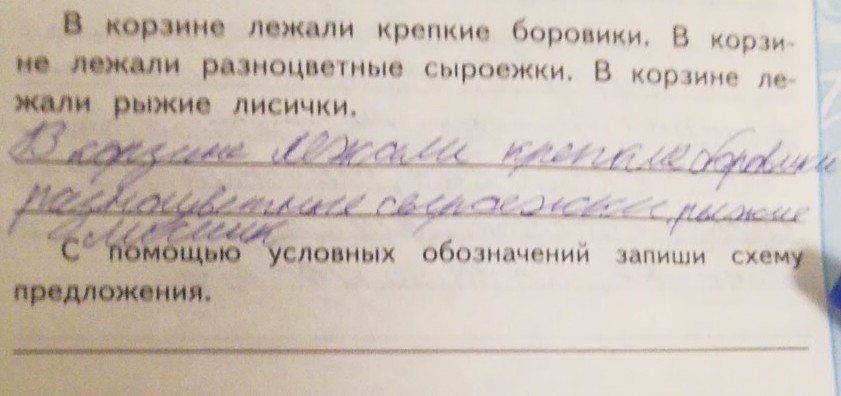Предмет: Русский язык,
автор: лизанькакуковерова
мы не прохадили тему а её задали памогите пж
Приложения:

Ответы
Автор ответа:
1
если я не ошибаюсь это будет примерно выглядить вот так
[ - = ] [= -] [ = - ]
[ - = ] [= -] [ = - ]
лизанькакуковерова:
спасибо очень помагла
обращайся
ок
Похожие вопросы
Предмет: Английский язык,
автор: tim0thy
Предмет: Информатика,
автор: kcristinalugovaya
Предмет: Українська мова,
автор: veronicalagoda356
Предмет: Математика,
автор: evelinahalitova41
Предмет: Английский язык,
автор: surkovagelya27